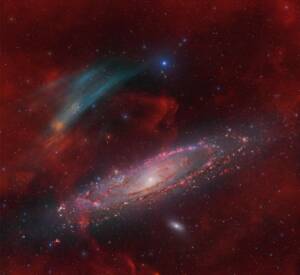
Discovery of the M31 [OIII] emission arc
Recently, a major discovery by an international team of amateur astronomers and scientists has become a huge online hit, and this new discovery is just located in one of the
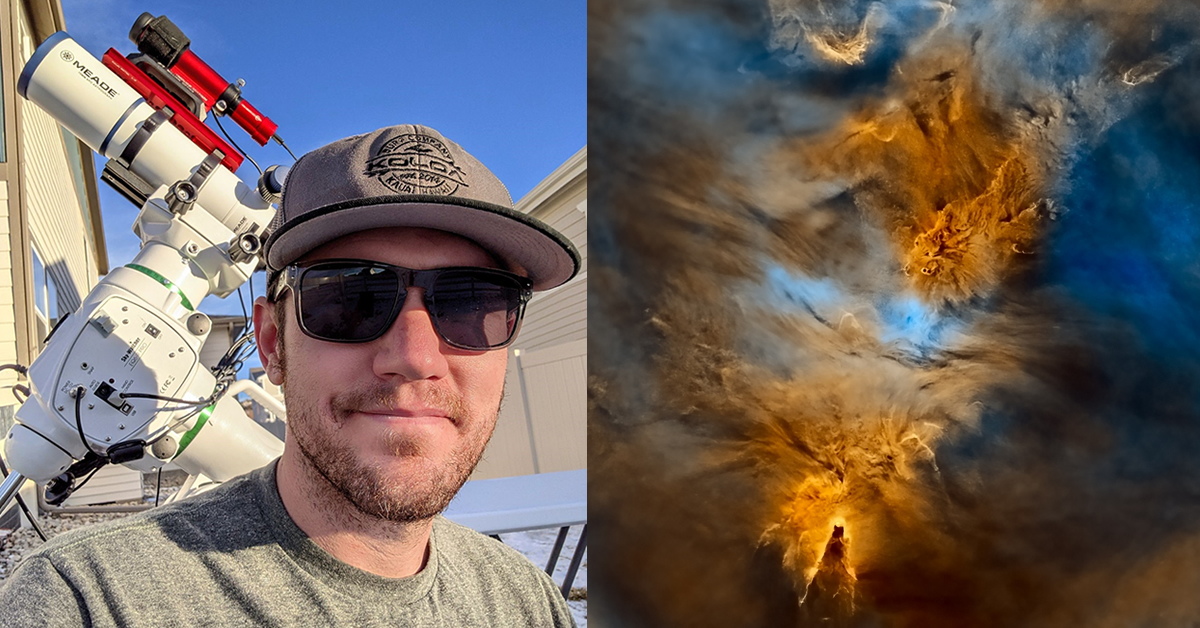
My name is Tommy Lease and I’m 39 years old. I live in Parker, Colorado with my wife and my dog named Duke. I am a Field Engineer for a major telecom company here in Colorado. My hobbies include astrophotography(of course), camping, fishing and wood working.

I love astronomy because it amazes me what is up in the night sky. Every time I capture an object with my ZWO camera I am astonished! I just can’t believe that this above our heads in space. When I took my first image of the Andromeda Galaxy and Orion, I was hooked. I started my astrophotography journey about 4 years ago when I pointed my DSLR towards the Milky Way with a kit lens. Then I eventually got an f/2.8 fisheye lens and got better quality images. Then about 1.5 years ago I got my first telescope and small tracking mount and the rest is history.



My current setup is as follows:
Imaging Camera: ASI1600MM w/ ZWO EAF, EFW
Filters: Astrodon E-series LRGB, Antlia 3.5nm SHO filters
Scope: Meade 70mm Quad APO, Orion 8″ f/5 Newt 1000mm
Mount: SW EQ6-R
Guidecam: ASI120 mini
Guidescope: Williams Optics Uniguide 50mm
Accessories: Pegasus power, Astrozap dew heaters

I captured this image using my ASI1600MM-Pro camera and Meade 70mm Quad APO. This image consisted of the following:
70x420s HA, Gain 139, -10c
77x420s OIII, Gain 139, -10c
65x420s SII, Gain 139, -10c
25 darks, flats, darkflats
24 hrs total
I initially posted this image with stars, but decided to later remove the stars to better expose the nebulosity. This is such a fascinating region of the sky, full of Hydrogen Alpha and Oxygen 3 that by removing the stars it allowed the viewer to see all the fine details of the nebula. This image was stacked using Astro Pixel Processor, then I combined the SHO stacked images in PixInsight using Pixelmath. After I combined the image, I then used Starnet++ to remove the stars. Once the stars were removed, I imported the image into Photoshop to clean up the remaining star artifacts using the clone stamp tool. Once I was satisfied with the image, I brought the image back to PixInsight to finish the post-processing. I would say yes, this process went smoothly. But, removing all the stars was a tedious process, but the final product made it worth it.
It depends on the target. If I am processing a nebula image like the Cone and Fox fur, it could take me anywhere from 5hrs to 15hrs to process an image. When I process galaxy images, it’s usually much less time. Usually anywhere from 1-2hrs. I take more time with Nebula because there is more to process and I usually take an artistic approach to the image. This in turn, takes longer because I will usually redo it multiple times until I’m happy with it. I don’t mind re-doing my images though, because I think post-processing is the best part of astro.
This is a tough question haha, because I have so many. If I had to choose one, I guess I’d say Orion Nebula because it was my first nebula that I imaged. I prefer shooting nebula over any deep-sky target. A close second would be the Soul and Heart Nebulae because they are rich in Ha and OIII data.


I normally shoot AP from my backyard which is a Bortle 5-6 sky. But I do like to bring my gear up to the mountains to shoot under darker Bortle 2-3 skies when I get the chance.

My family is very supportive of my astrophotography hobby. My wife will join me in the backyard every now and then, but my dog is always out there by my side looking up at the stars with me. My family loves it when I share my images and passion for the night sky.

I have not, but I plan to this summer. Since COVID-19 hit last year, it has been tough to meet with people for any star parties.
Auto-guiding, something always goes wrong haha. Whether it’s not getting perfect polar alignment, balance or some kind of vibration in my setup, I never have a perfect night of guiding.

Amazing, tough, rewarding.
I think that mankind will hopefully keep in mind that the night sky is important enough that we need to see the stars. Whether its for the average star gazers just wanting to view the beautiful Milky Way or amateur astronomers/astrophotographers like myself that want to view or image the night sky or professional scientists/astrophysicists that need clear skies to perform their job analyzing the night sky. If it gets to a point where it’s so bad, I would hope governments would step in and stop or help decrease light pollution by imposing laws or rules on local governments to help aid against it.

I currently own 3 ASI cameras, the ASI1600MM Pro, ASI183MM Pro and the ASI120MM Mini. I have also owned the ASI183MC-Pro and ASI120MC, but I prefer a mono camera because they are more sensitive and produce better images in my opinion. When I made the move from a DSLR, I purchased the ASI183MC Pro because I heard good things about ZWO cameras online.

I think ZWO cameras are great. I recommended them to all newcomers to astrophotography because they are easy to use, have solid firmware/software and produce great images. The only way I think ZWO could improve would be to have a camera repair center in other locations such as the USA. This would make the repair process easier if any issues should ever arise.


Recently, a major discovery by an international team of amateur astronomers and scientists has become a huge online hit, and this new discovery is just located in one of the
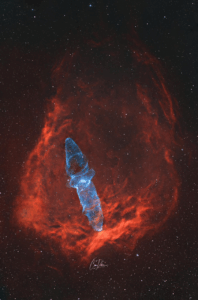
To most people, this might just look like a pretty picture. But to astrophotographer Cem Diken, it’s the result of three years of chasing a nearly invisible ghost in the
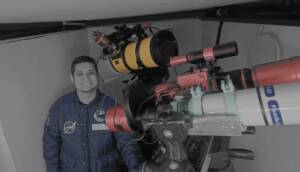
I was born in Guadalajara, I’m 38 years old, a musician, communications and electronics engineer, and president of the Guadalajara Astronomical Society A.C. since 2020. First Contact with Astronomy Since
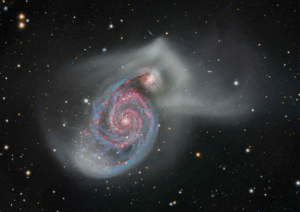
This stunning collaborative project comes from astrophotographers Alex Linde and Thomas Hansson, who joined forces across borders to photograph the Whirlpool Galaxy from Sweden, Poland, and Texas, USA. Thomas traveled across
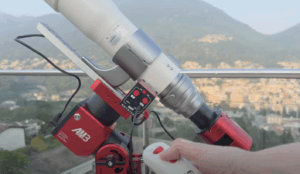
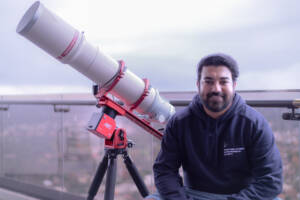
“Two thoughts immediately crossed my mind—the vastness of the cosmos, and that I could also create images like the ones that inspired me.” ” If you spend more time debugging than